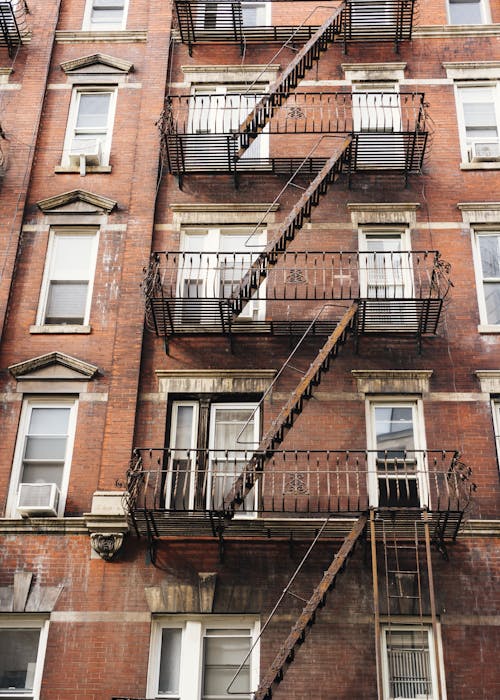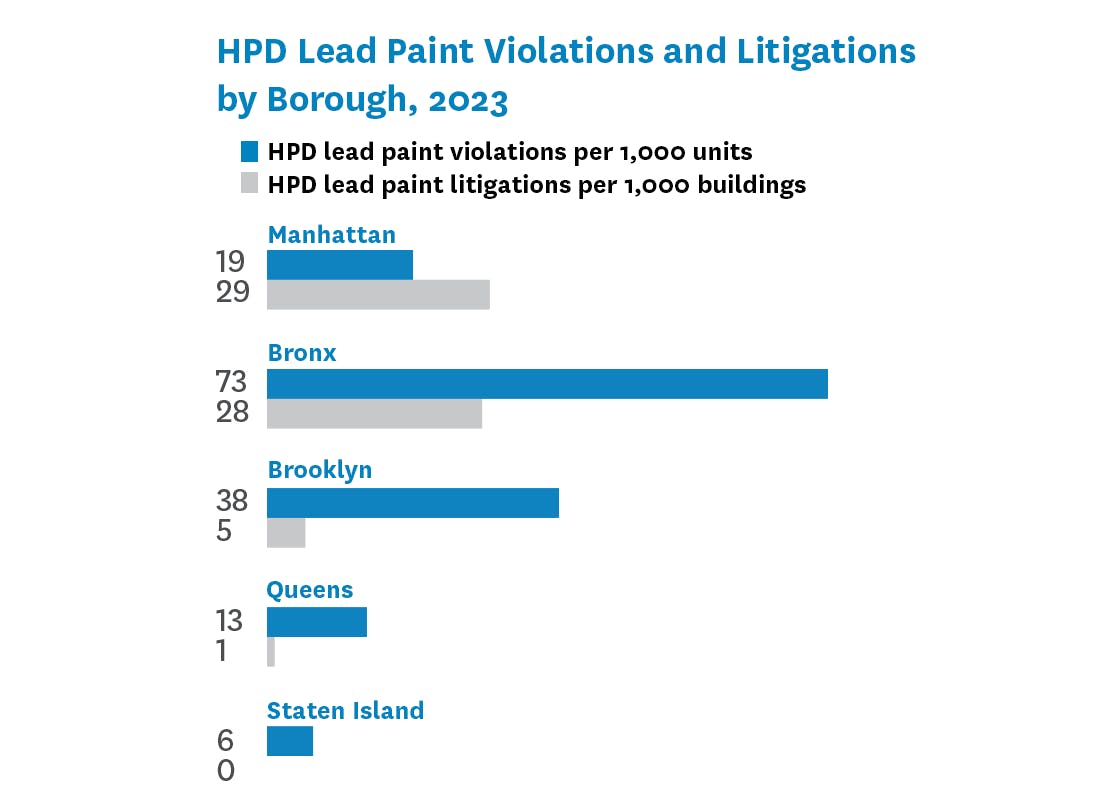

Lead Violation Advocacy Continues with An Interactive Mapping Tool & More
Insights
October 23, 2024
By: Jenny Veloz, Julie Kronick, & Robert Guttersohn
Safe, healthy housing should be available to all children and families. As advocates for New York’s children, we influence policy and investment decisions that impact health and housing for families, and one place these areas overlap is in lead poisoning prevention. That’s why in honor of National Lead Poisoning Prevention Week, which took place October 20-26, we are highlighting advocacy around child lead poisoning through a mapping tool published for the New York City Coalition to End Lead Poisoning (NYCCELP), a coalition of advocates, doctors, and lawyers, and through coalition led actions that have impacted child health and housing standards.
Last summer a package of lead poisoning prevention bills passed in the City Council that were pushed forward by the combined efforts of the council and NYCCELP, of which CCC is an active member. Collectively, these bills help the city get closer to eliminating childhood lead poisoning by enhancing prevention and enforcement of current lead laws.
In the U.S., half of the homes built before 1978 have lead-based paint (lead-based paint was banned by the federal government in 1978). New York City has some of the oldest housing stock in the country, much of which was constructed before 1960. Although New York City banned lead-based paint in 1960, many residential buildings were built before the ban was imposed and contain lead-based paint. Lead-based paint and dust (most commonly caused by peeling, cracked or loose paint) are a leading contributor to childhood lead poisoning. Younger children are especially susceptible to lead poisoning because they explore their surroundings with their mouths. Lead poisoning can lead to serious developmental and neurological issues such as learning and behavior problems, slowed growth and development, and hearing and speech problems.
Families living in pre-1960 buildings with lead paint issues are predominantly located communities with overlapping economic inequities. Due to systemic issues of inequity, these communities are also predominantly comprised of families and children of color. According to New York City’s Department of Health, in 2023, 87% of children under six with blood lead levels of 3.5 mcg/dL live in moderate (48%) to high poverty (39%) neighborhoods. Also, 85% of children under the age of six newly identified with blood lead levels of 3.5 micrograms/deciliter (mcg/dL) or greater were Black, Latine, and Asian. CCC’s data from Keeping Track 2024 shows that between 2018 and 2023, 45% of all lead-related court cases in the city were in the Bronx.

To further illustrate the impact of lead poisoning in NYC and to bring to light current issues families and buildings are facing, CCC created and published a live, interactive map of lead poisoning violations across the five boroughs. Find out what buildings in your neighborhood have active or resolved lead violations here.

Back in 2004, NYCCELP was instrumental in creating and passing Local Law 1, one of the most comprehensive lead poisoning prevention laws in the country. Local Law 1 was influential in advancing the fight to end lead poisoning, reducing the number of children under 6 years old with blood lead levels of 5 mcg/dL or greater by 93% between 2005 and 2020, but more work is needed to fully protect children across the city. According to this piece from Gothamist, a 20-year analysis concluded that over one-fifth of all homes cited for lead paint continued to rack up violations year after year. Now the Coalition convenes the Lead Roundtable with the purpose of strengthening enforcement of current lead laws. As a member of the lead Roundtable, we will continue to work in coalition with our partners towards ending childhood lead poisoning in New York City. This past May, NYCCELP released the coalition’s 2024 Lead Agenda, A Roadmap to Eliminating Lead Poisoning in New York City. The Lead Agenda outlines critical steps needed to reinforce existing lead laws and implement additional measures against childhood lead poisoning.
View NYCCELP's lead violations map for more on what's happening across NYC. This map displays lead violations issued by the New York City Department of Housing Preservation & Development before October 22, 2024.
View the Map >



